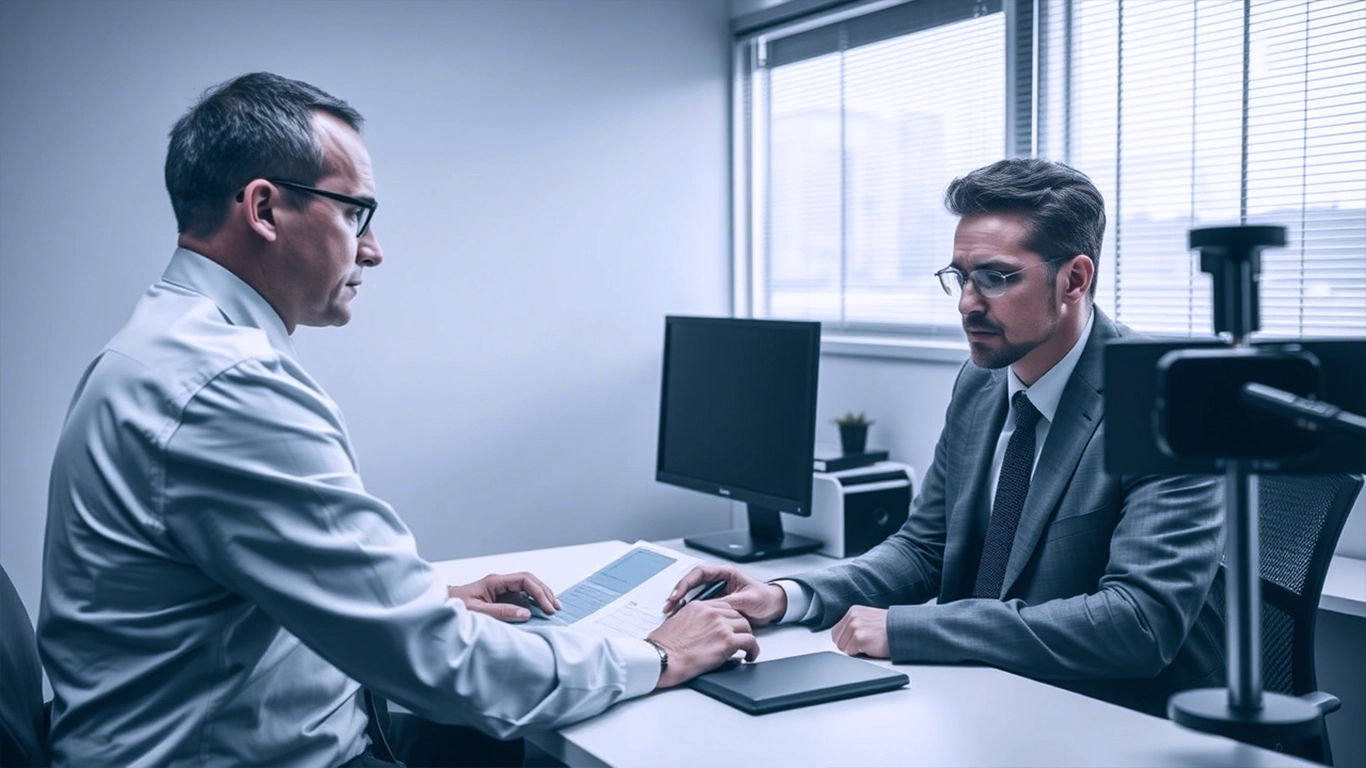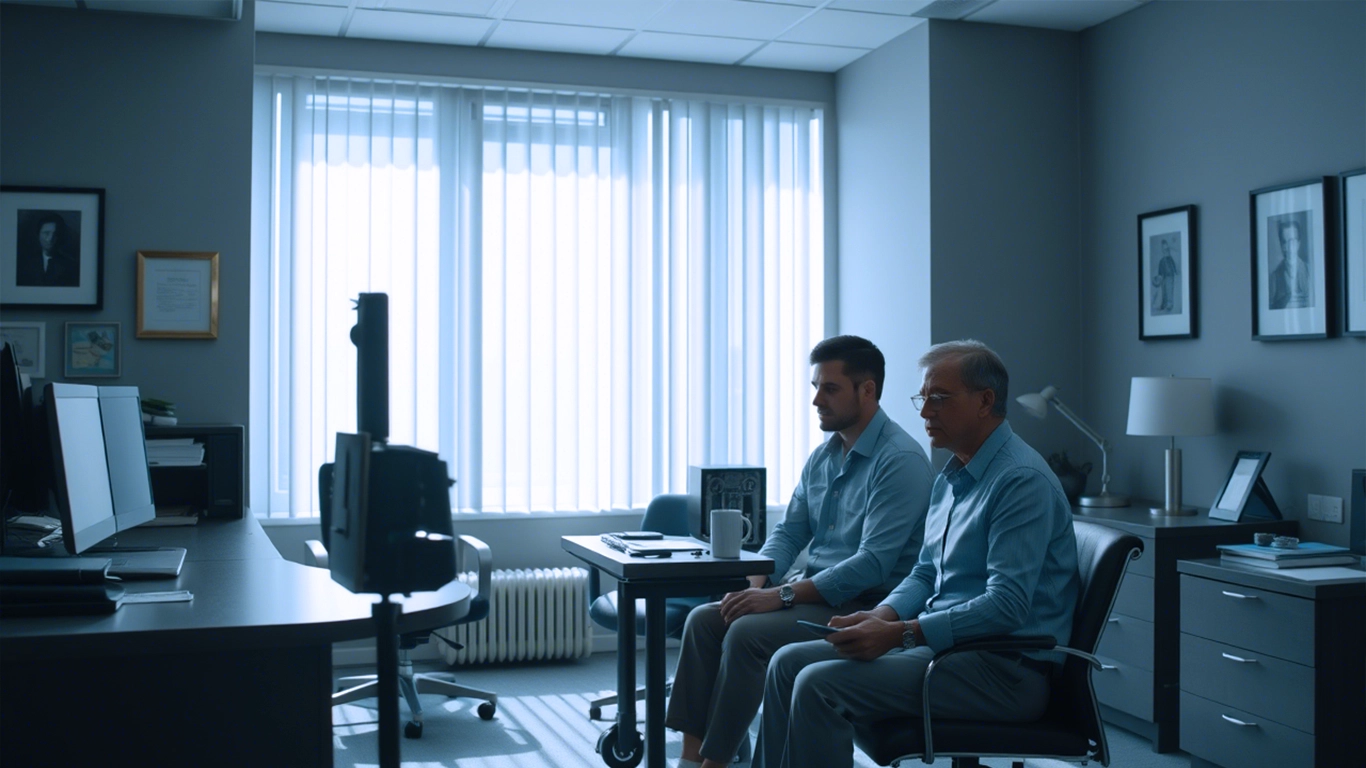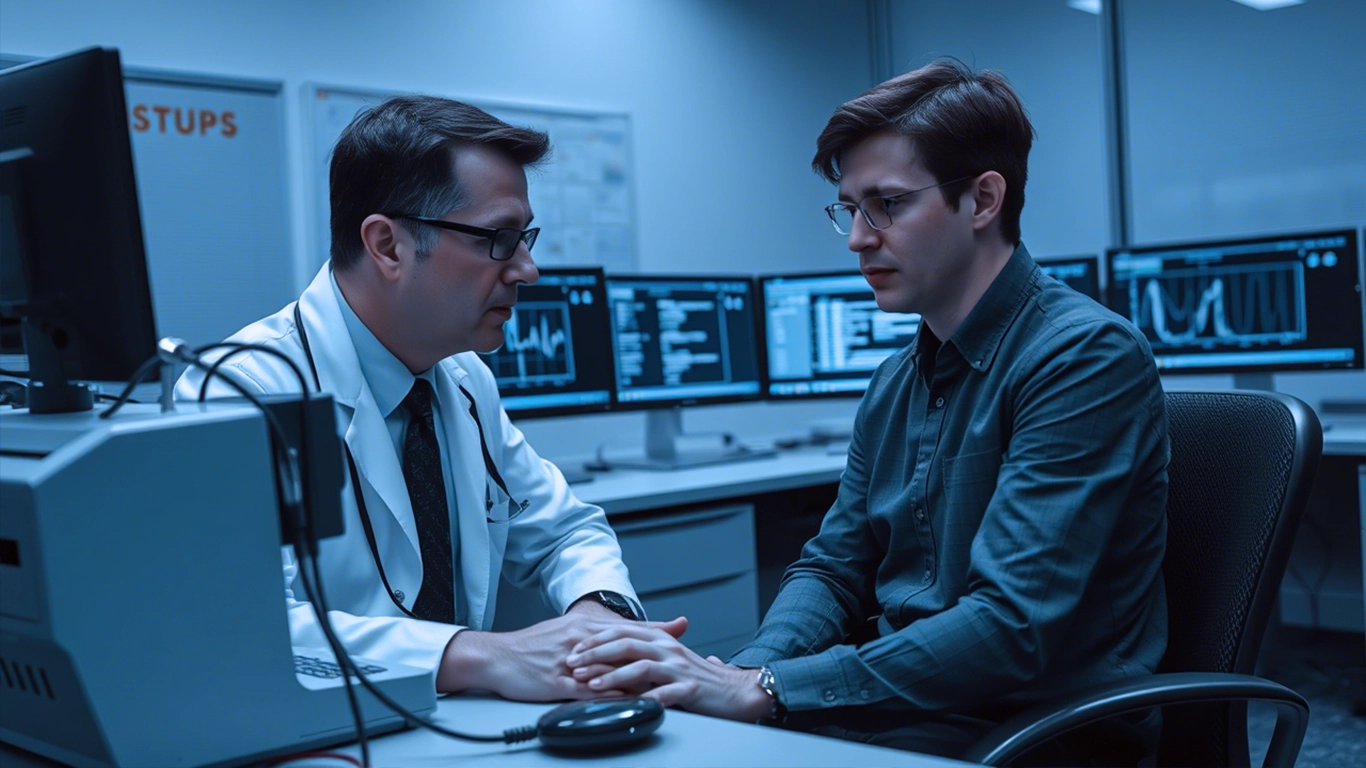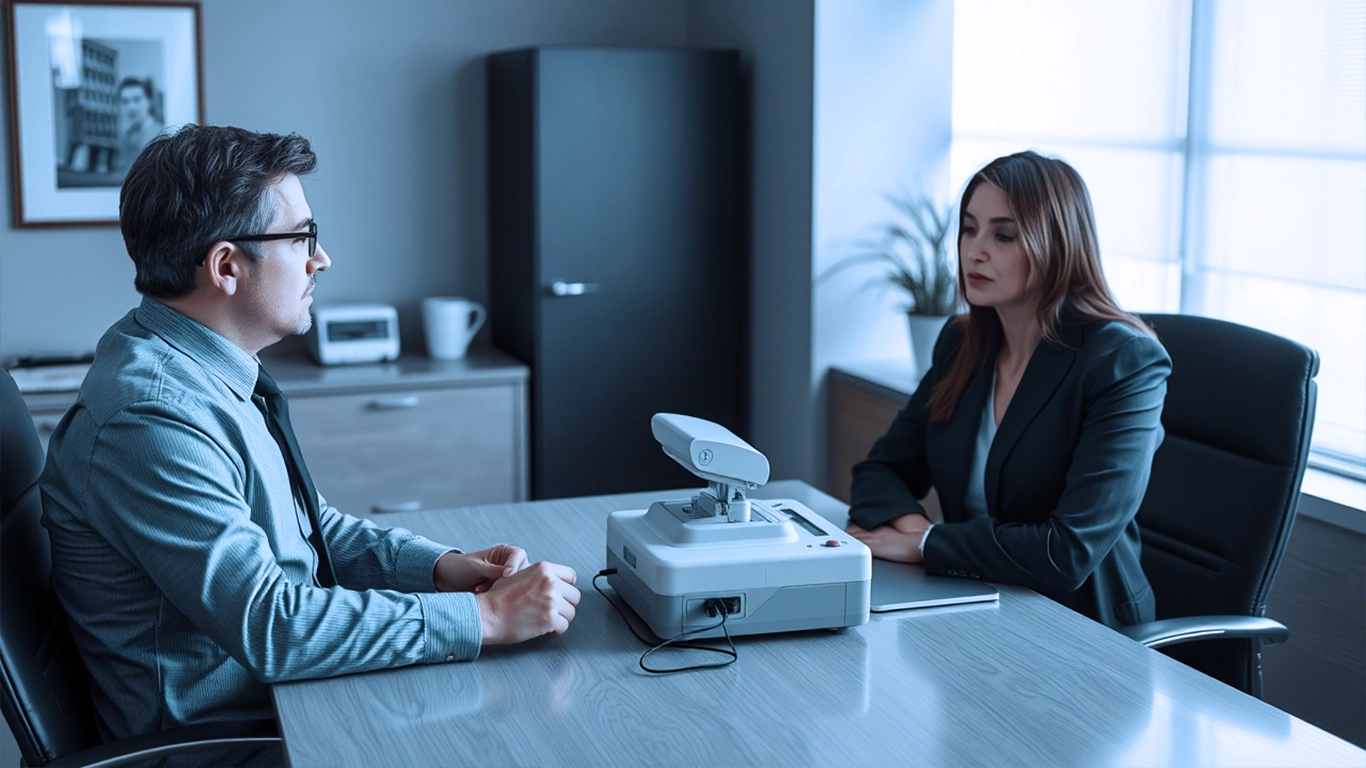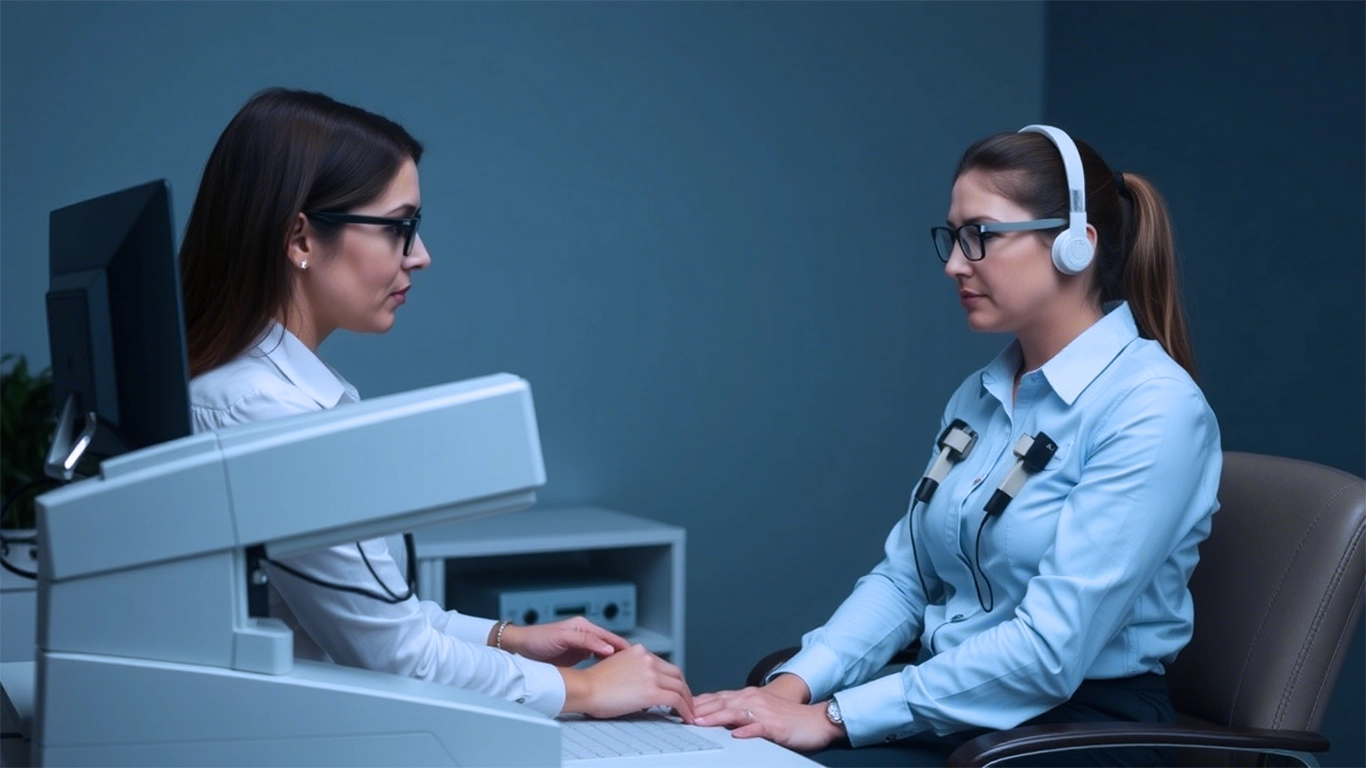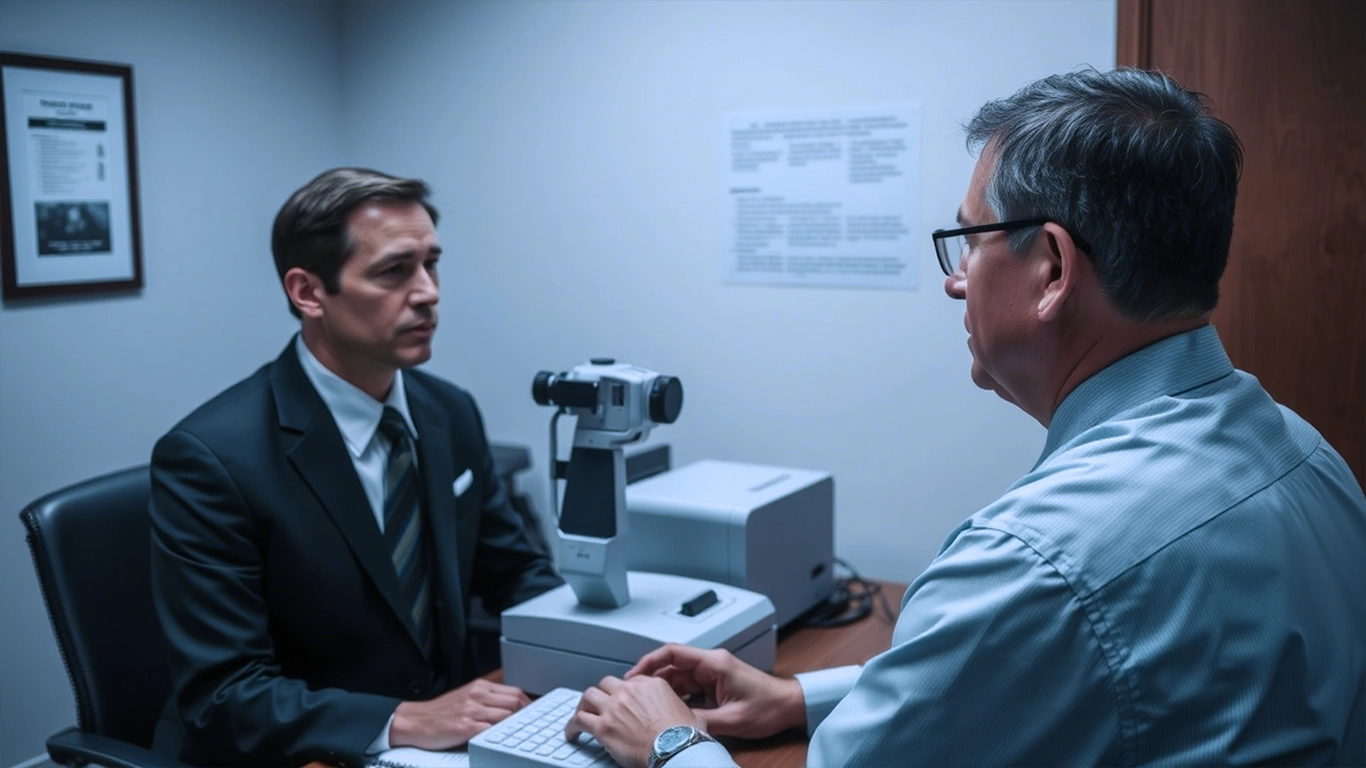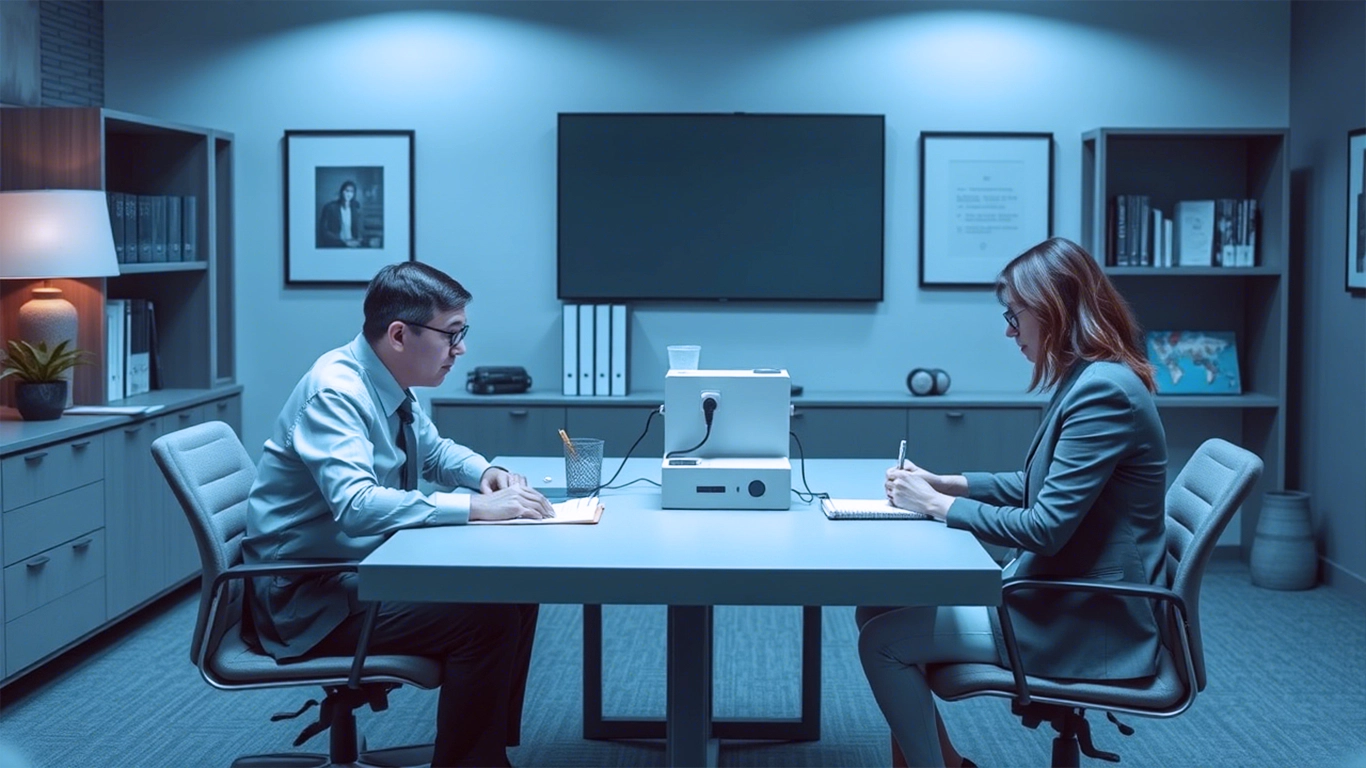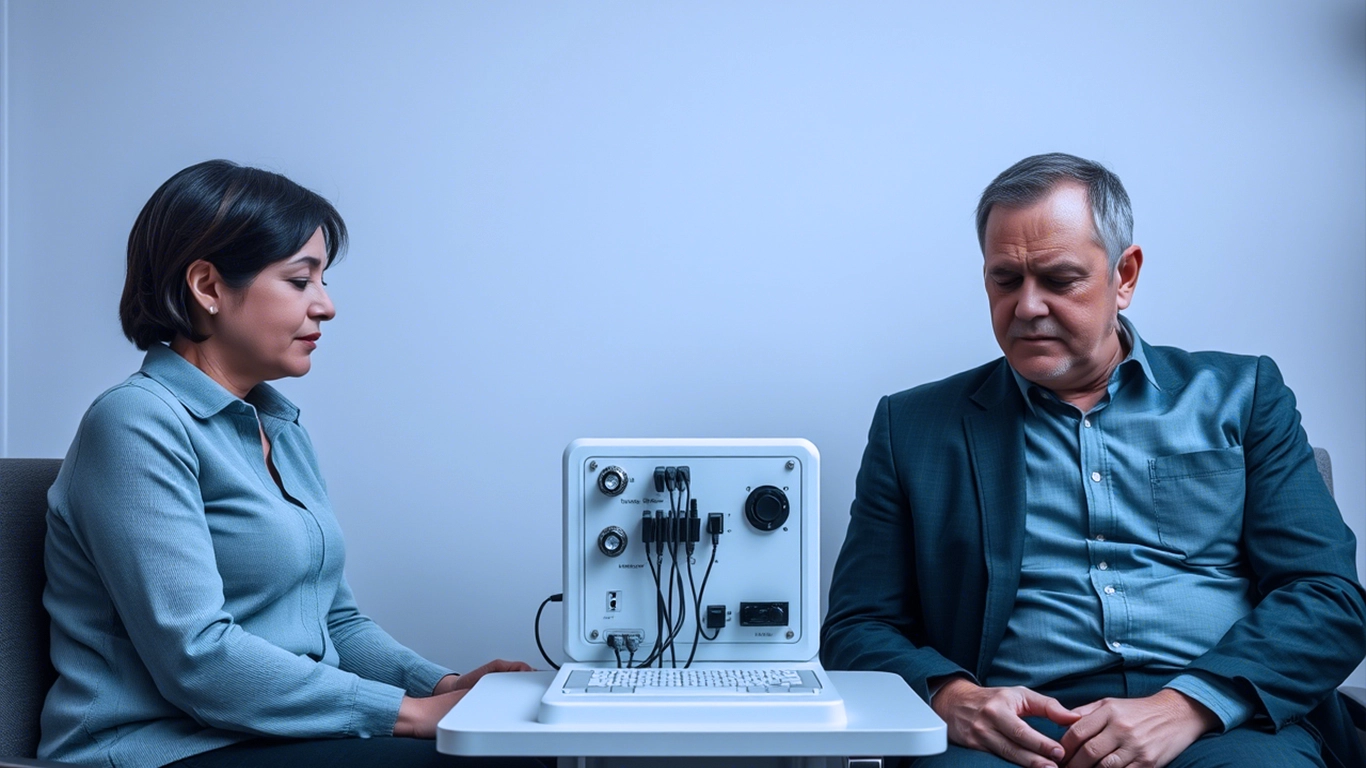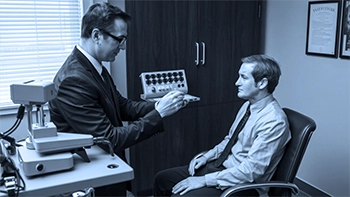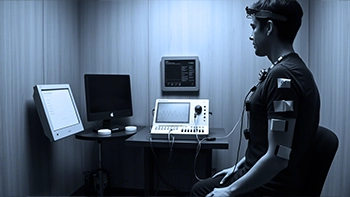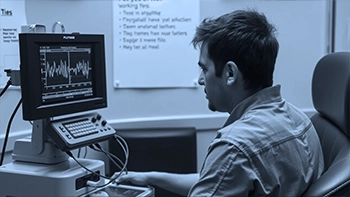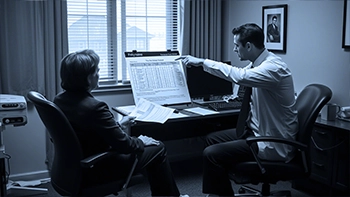Select your language
Keywords: polygraph, conclusions, analysis, report, recommendations, testing, video recording, audio recording, verification, client, results, examination
Introduction
Formulating the polygraph examiner's conclusions is the final stage of the examination, where test results are interpreted using modern methodologies. Typically, the respondent is not informed of the test results to ensure objectivity and confidentiality. The final analysis is provided to the client, allowing them to make informed decisions based on the collected data.
Process of Conclusion Formulation
After completing the test, the specialist conducts a comprehensive analysis of the collected data. Specialized software is used to compare recorded indicators with baseline values obtained during preliminary calibration and to identify deviations that may indicate attempts to conceal the truth. This comprehensive approach includes assessing the dynamics of physiological responses to thematic and control questions, forming the basis for an objective interpretation of the data.
During the analysis, the following aspects are considered:
- Comparison of physiological indicators with individual baseline values;
- Identification of abnormal reactions characteristic of emotional arousal;
- Comparison of responses to control and thematic questions;
- Determination of the likelihood of information concealment based on the collected data.
Based on this analysis, conclusions are drawn that reflect the reliability of the respondent’s answers, allowing for an objective evaluation of the test results.
Delivering Results to the Client
Typically, the respondent is not informed of the test results. The final findings are communicated to the client in the form of a written report, which is provided within 24 hours after the test is completed. This report includes a detailed description of the testing methodology, analysis of the indicators, identified deviations, and well-founded conclusions.
If agreed upon in advance, additional materials such as video or audio recordings of the examination, as well as polygrams illustrating the testing process, may be provided to the client. This ensures a full understanding of the verification process and increases confidence in the obtained results.
Additional Documentation and Recommendations
In addition to the final report, the client receives recommendations for further actions. These recommendations help the client understand the situation and make informed decisions for subsequent steps. They may include suggestions for additional verification, corrective actions, or consultations with experts.
- Conducting a follow-up test in case of inconclusive results;
- Consulting with experts for a more detailed analysis of the collected data;
- Developing a corrective action plan to address identified issues;
- Risk assessment and recommendations for future strategy.
Conclusion
Formulating the polygraph examiner's conclusions is a critical step in objectively assessing test results. Delivering data in a detailed written report, supplemented by video or audio materials and expert recommendations, ensures a high level of test reliability. This approach provides the client with a complete picture of the situation and enables informed decision-making based on an objective analysis of physiological indicators.
A comprehensive analysis conducted by the specialist guarantees accurate data interpretation and detection of even minor deviations, ensuring the effectiveness of the examination. Through this methodical approach, the client receives reliable information that serves as a foundation for future actions and helps maintain security and efficiency in ongoing operations.







